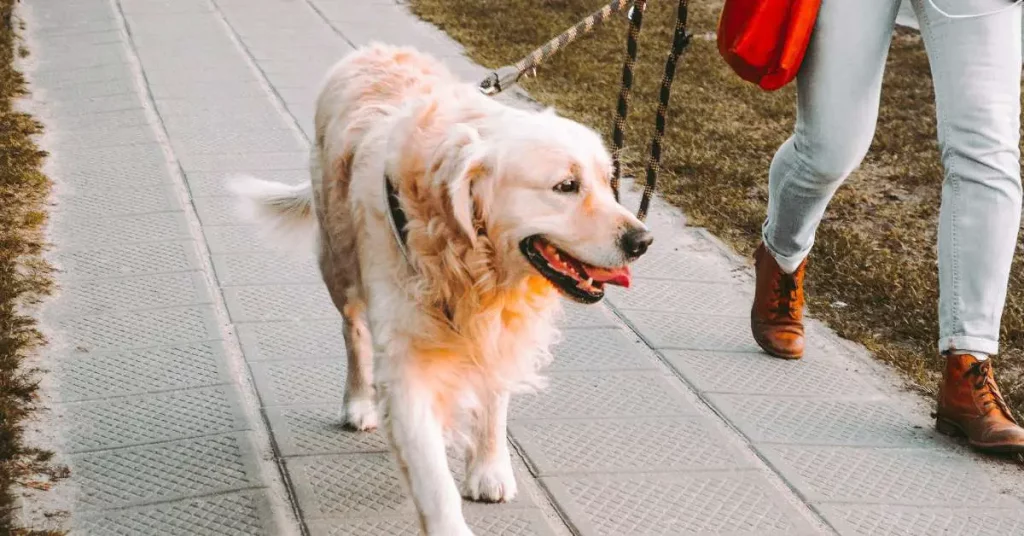Are you about to welcome a furry friend into your house? If you want to make them feel like a part of your family, your efforts must show. The first thing that strikes anyone’s mind while shopping for their pet is dog food and a harness or collar.
The harness helps maintain control and ensure safety for both the dog and the owner. It’s also true that dogs might find it uncomfortable during the initial stages. So, here’s a guide with training tips and tricks to make the dog’s transition to wearing a harness or collar smooth.
Stages of Introduction
It’s the most crucial step. If you do this rightly, everything else becomes easy. Handle it with the utmost care to ensure that your dog doesn’t develop a disliking or fear for the harness or collar. Follow this step-by-step guide to remain on the safe side.
1. Wait for a calm time.
Never wear the collar when the dog is highly distracted or excited about something. Rather wait for the dog’s relaxed and calm state of mind to introduce this brand-new sensation to them. A calm and positive state of mind will allow them to explore it with a positive attitude.
2. Let them investigate
It’s normal for the dog to sniff around and investigate any foreign object or unknown people they encounter. Put a harness or a collar on the floor when you buy a harness or collar. Allow the dog to take their own sweet time and investigate. Rushing this process will do no good. Place the treat around it for an even better experience.
3. Tie it loosely
The first time you tie a collar or harness around your dog’s neck should be loose. You’ve done it correctly if you can slide two fingers under it.
4. Let the dog feel it.
Leave the collar or harness wrapped around their body for a couple of hours without the leash. Don’t put the leash right away and start applying pressure. Let the dog get used to having it on their body first.
5. Remove it at frequent intervals.
If you see the dog getting uncomfortable and restless right after a few minutes of wearing it, take it off. Eventually, you can expand the time the dog wears it. This wouldn’t give a sudden bolt of shock to them.
6. The reward for good behavior
Regardless of whether the dog wore it for a couple of minutes or hours, reward them for the acceptance. Be it for a short period. Treat the dog with praises, favorite toys, or treats to let them know you appreciate their patience with the collar or dog harness Australia. This habit will stir positive thinking when they see the collar or harness.
7. Introduce the leash
They must bring the leash into the picture once they get accustomed to wearing the collar. Begin with attaching a lightweight leash to lightly drag the puppy under supervision. Keep the ball in their court as well. Avoid pulling and let them take control. This will build confidence and trust in their minds.
8. Control & guidance
After they get used to having the leash around as well, hold onto it while you both are indoors. Introduce very light p[ressure to guide them around. Pay attention to the fact that you’re pulling gently without causing them any discomfort.
9. Give commands
Practice commands having the leash, harness, or collar on them. Teach them basic commands, such as come, sit, stay, down, etc. Is the dog following the commands despite the distraction caused by the leash? Well, that needs to be rewarded with toys or treats.
10. Take them outdoors
It’s the last step of the modus operandi of introducing a harness or leash. As soon as the dog understands the environment inside, repeat the same outdoors. Short walks and outings should have a shorter duration initially. Increase the time as you notice progress in their behavior.
Conclusion
There you go! Following the steps mentioned above will result in gradual acclimation. The furry friends aren’t a lot to handle. All you need to do is adopt the right approach bundled with love, care, and patience. Dogs are sensitive creatures, and you need to earn their trust little by little.

